DJI has been on a roll with its Air series, updating it more frequently than its Mavic series. If you’re expecting a new DJI drone this summer, it’s probably going to be the DJI Air 4, instead of a DJI Mavic 4.
Here’s why the Air series gets refreshed quicker and why the Mavic series takes its time.
Faster Updates for the DJI Air Series
Release Cycles
The DJI Air series has seen more frequent updates compared to the Mavic series. Here’s the timeline:
In contrast, the Mavic series has had a slower update cycle:

Why the DJI Air Series Updates Faster
- Market Positioning: The Air series sits between the entry-level Mini and the professional-grade Mavic series. It’s aimed at a broader consumer market, which means it needs to stay fresh with frequent updates to attract new buyers and keep up with consumer demands.
- Technological Advancements: Drone tech evolves quickly. Mid-range products like the Air series benefit from incorporating the latest advancements to stay competitive.
- Consumer Demand: There’s a higher demand for lower-priced, mid-range drones with the newest features. Frequent updates help DJI maintain its market share by meeting these demands.
- Competitive Pressure: The consumer drone market is cutthroat. Rapid updates to the Air series help DJI stay ahead of any possible competitors and integrate new tech as soon as it’s available.

Why the DJI Mavic Series Is Slower to Refresh
High-End Market
The Mavic series, especially the Mavic 3 Pro, targets high-end consumers and professionals. This market segment doesn’t see as much competition, allowing DJI to take its time with updates. This is even more obvious when looking at the DJI Inspire series.
Established Ecosystem
The Mavic series has a solid ecosystem of accessories and software. This makes the drones highly versatile and valuable, reducing the need for frequent hardware updates. Users invested in this ecosystem—expensive batteries, controllers, and software—prefer stability and long-term compatibility over new models.
Commercial and Government Use
Commercial and government agencies often use Mavic drones due to their reliability and advanced features. These users often have tight budgets and prefer longer product lifecycles. Frequent updates would disrupt their operations and investments.

Less Frequent Updates Allow Focus on Quality
Developing cutting-edge capabilities like advanced camera systems and longer flight times takes time. The Mavic series benefits from this by offering highly advanced features that set it apart from competitors. A slower release cycle ensures each new model is a significant upgrade.
READ MORE: DJI AIR 4 RUMORS HEAT UP: WHAT WE KNOW SO FAR
DJI Likely to release DJI Air 4 before Mavic 4
In short, the DJI Air series is more consumer-focused, resulting in faster updates to keep up with market demands and technological advancements. The Mavic series, with its professional and high-end positioning, benefits from a slower update cycle, providing stability and reliability to its users.
Given this strategy, expect the DJI Air 4 to debut before the DJI Mavic 4, likely early this summer as indicated by the most recent DJI Rumors, while the Mavic 4 might not appear until much later this year or even next year.
DJI’s approach ensures that both series continue to meet the specific needs of their respective markets, balancing innovation with reliability.
What do you think about the DJI product lifecycles and which drone do you expect to be released first? We are curious to hear what features you’d like to see in both the DJI Air 4, and the DJI Mavic 4. Let us know your thoughts in the comments below.
Discover more from DroneXL
Subscribe to get the latest posts to your email.


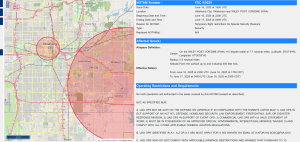



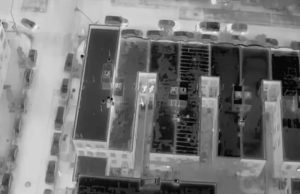


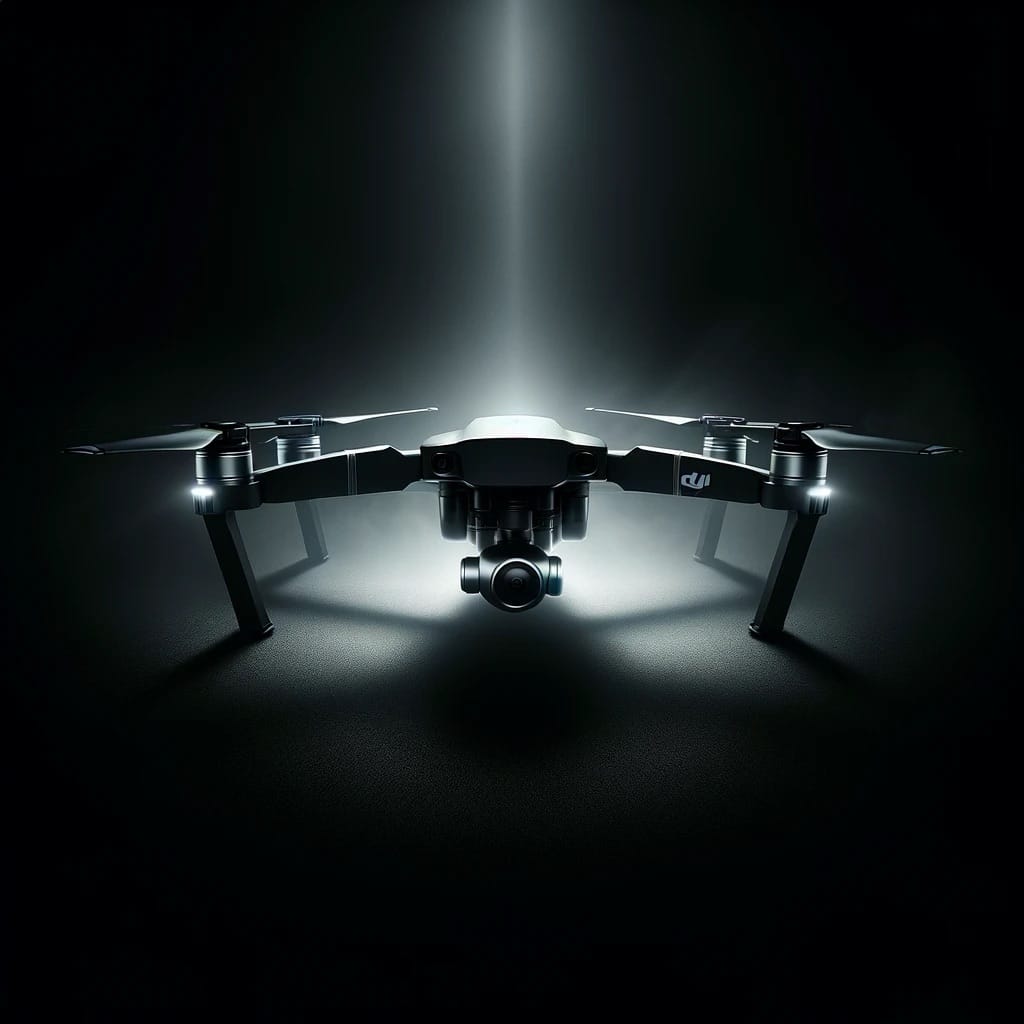
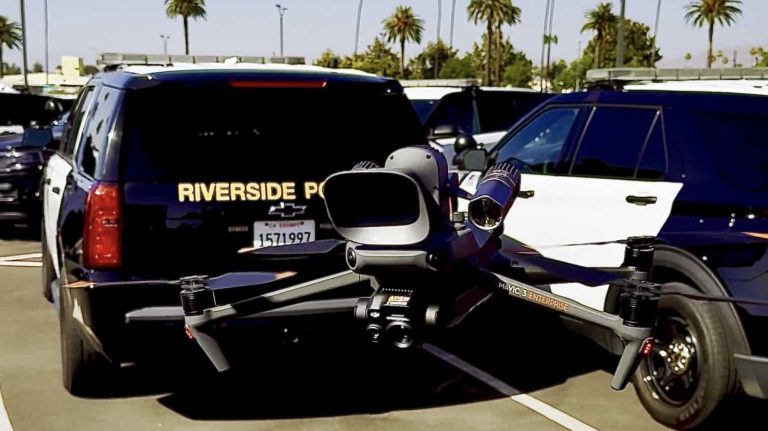

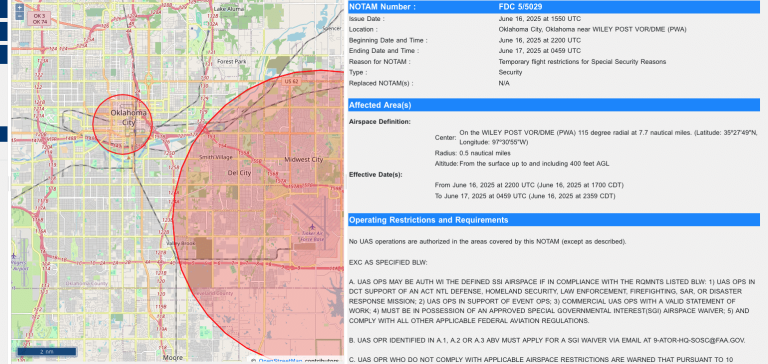


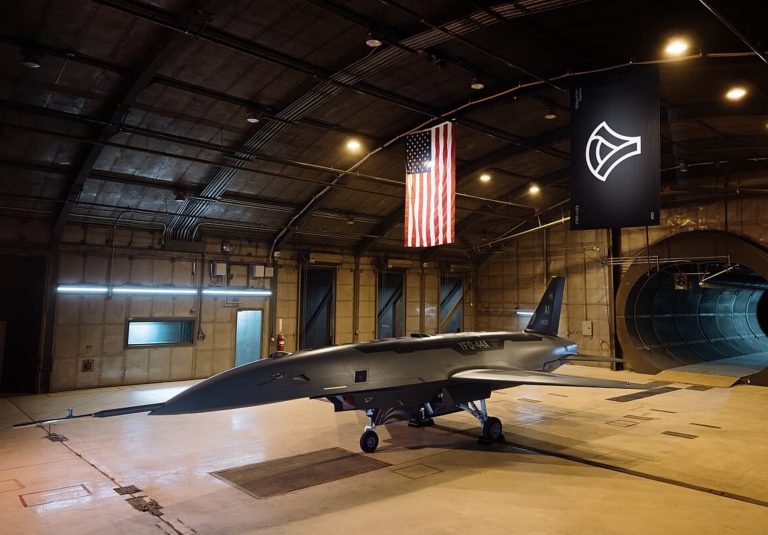
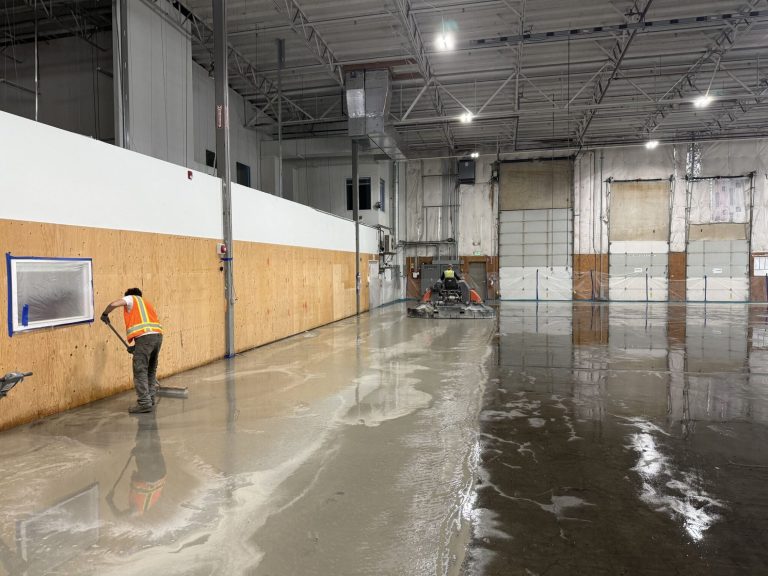
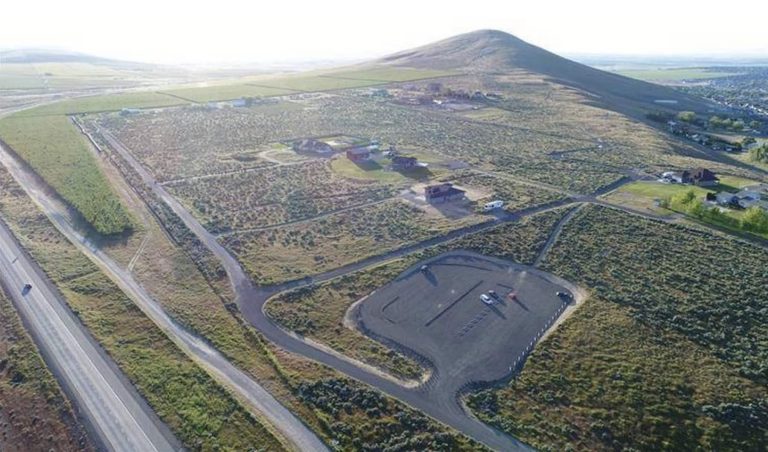
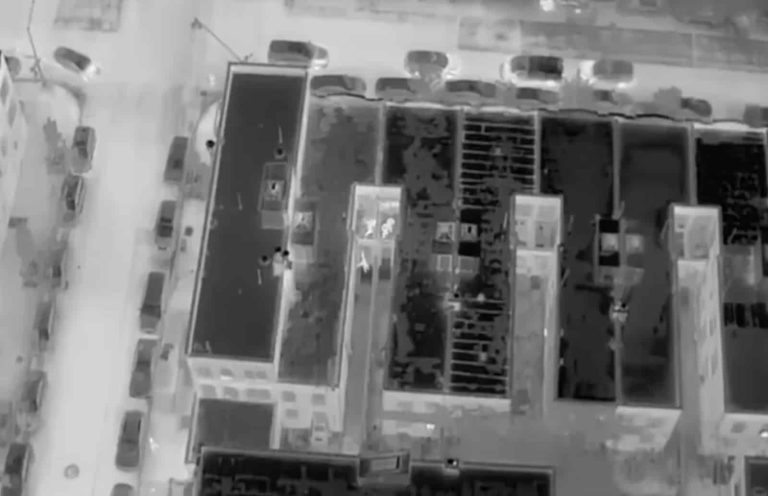
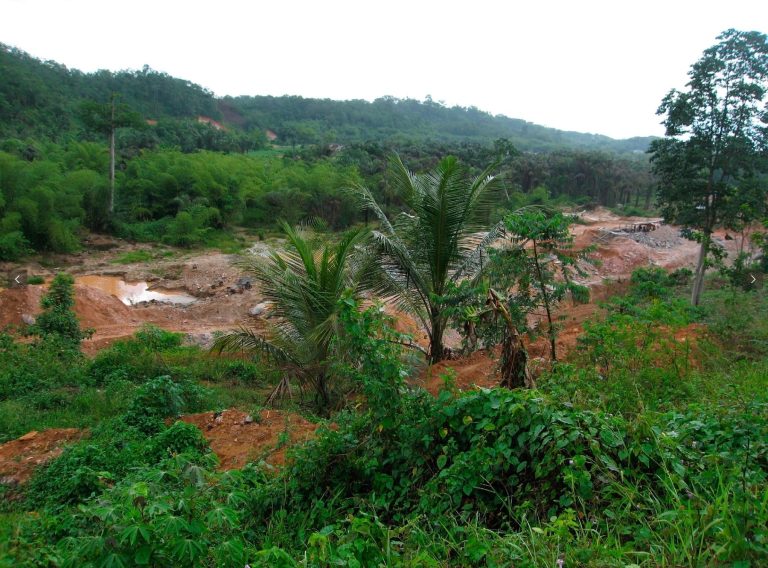
+ There are no comments
Add yours